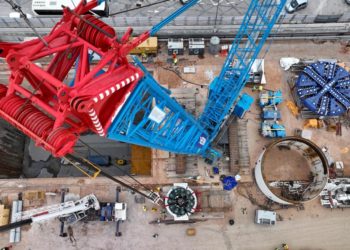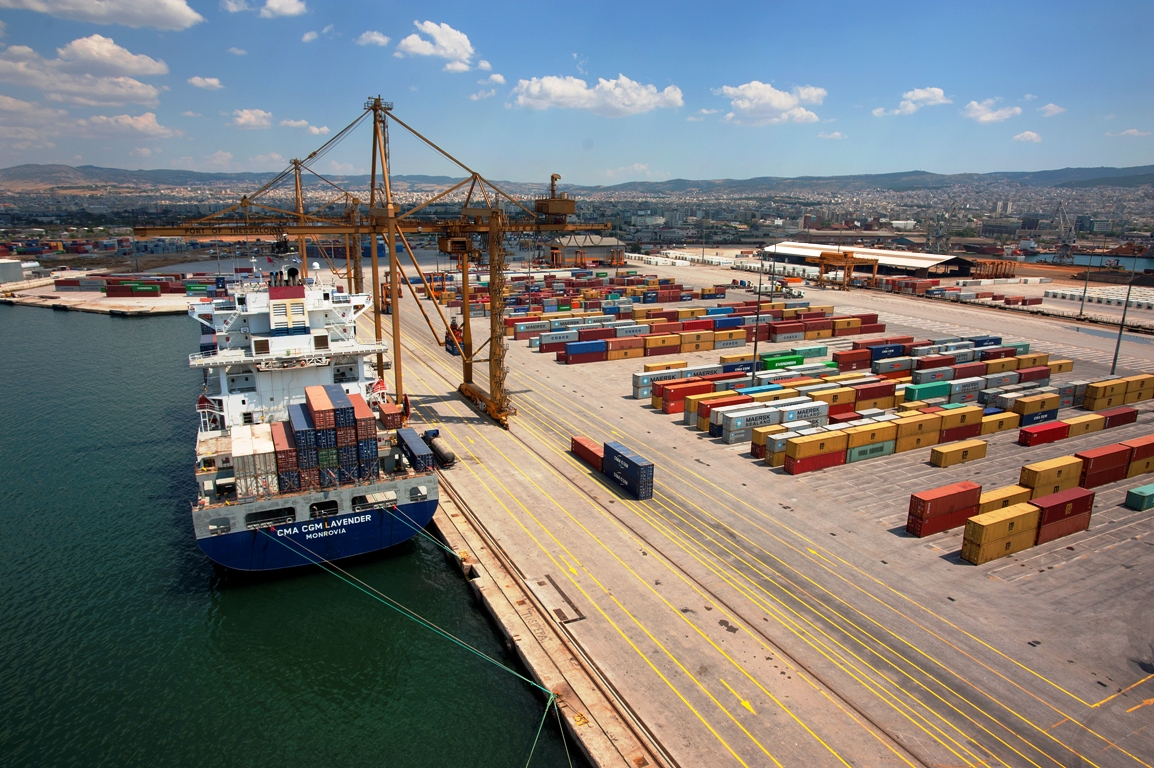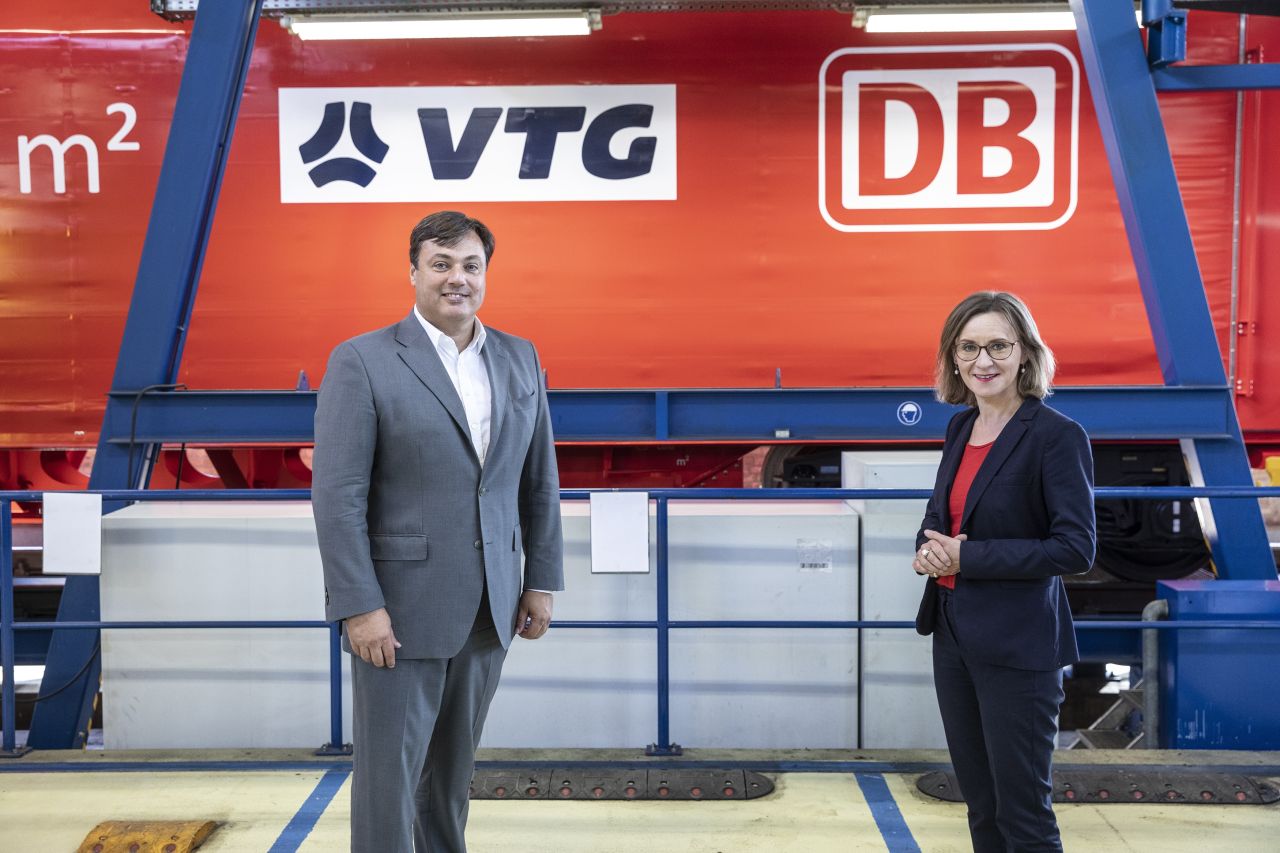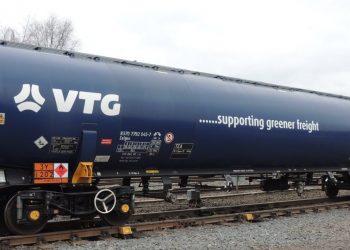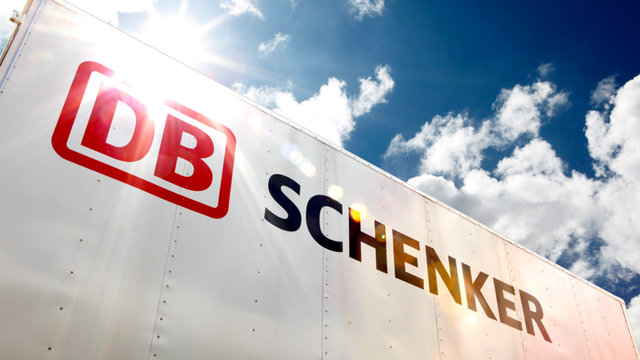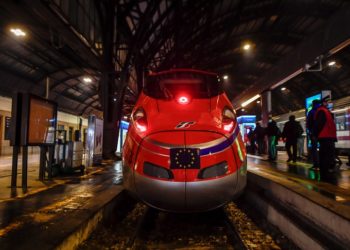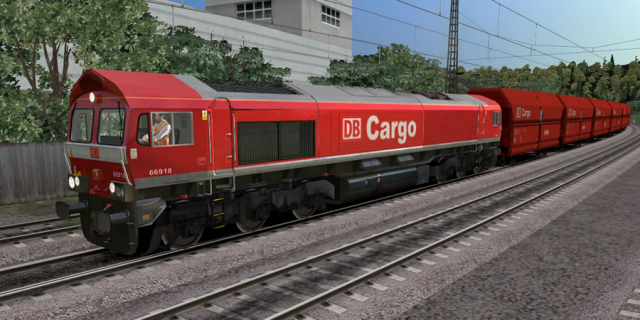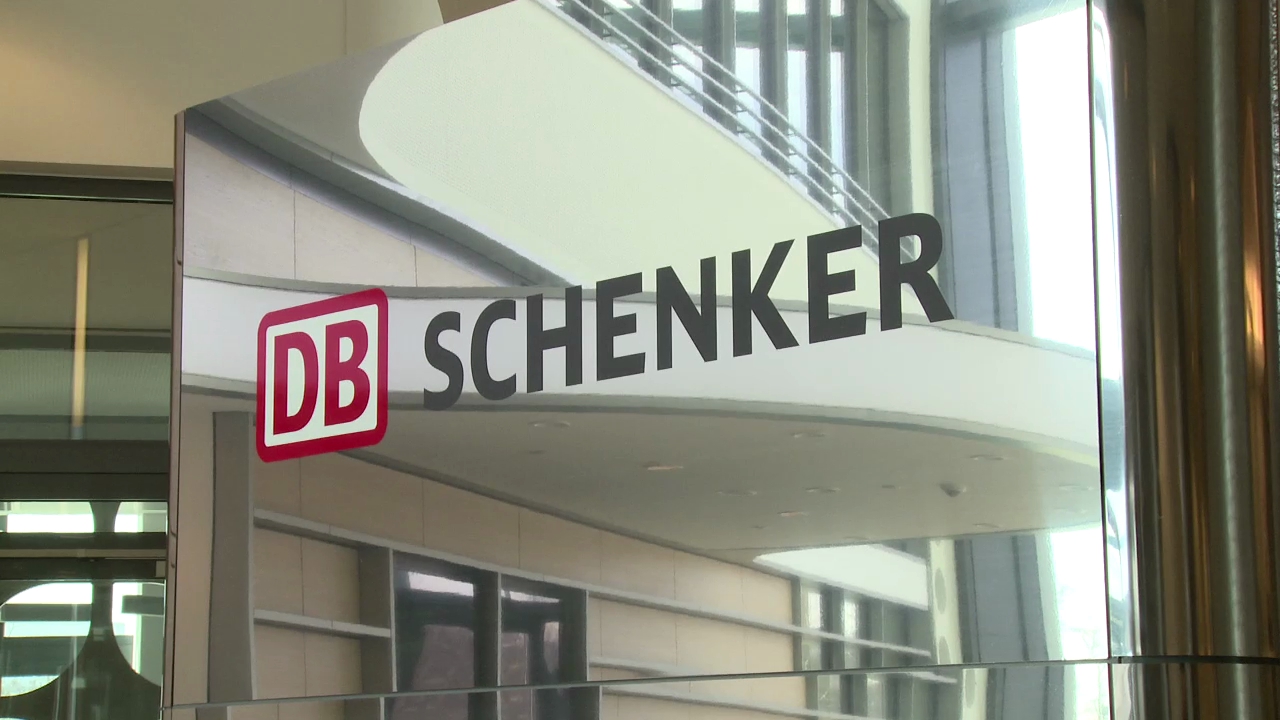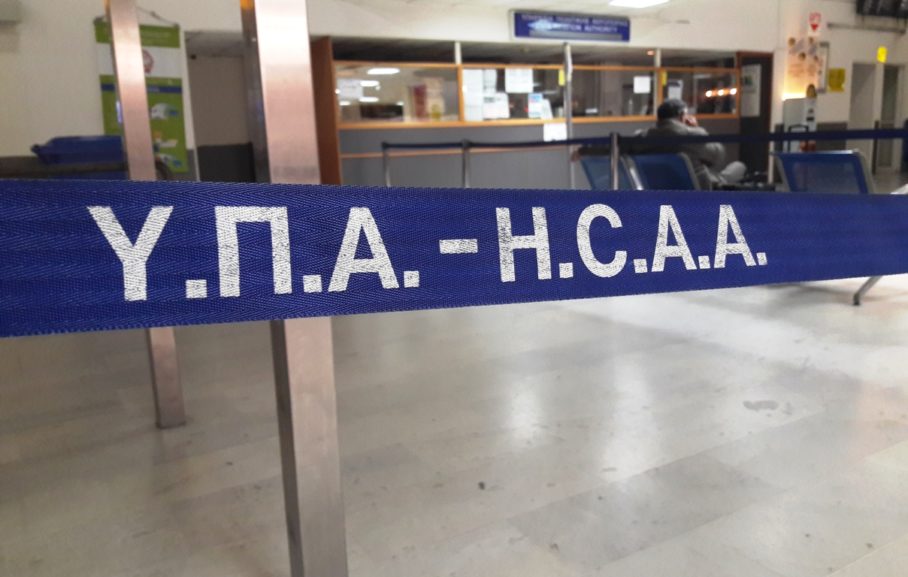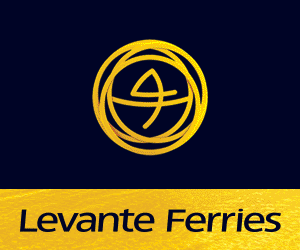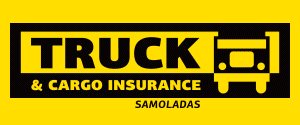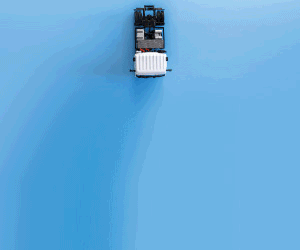In Berlin, DB Cargo and VTG today unveiled a brand-new wagon. The two partners to the m2 project have spent about a year and a half designing and developing this innovative flat wagon. Having successfully completed test runs that were commenced in spring 2020, they are now working to get the model licensed.
“The m² we are developing is the freight wagon of the future,” says Dr. Sigrid Nikutta, Member of the Management Board for Freight Transport at DB and CEO of DB Cargo. “The new system gives us a variable platform that lets us flexibly swap superstructures, making rail freight even kinder to the environment and more adaptable than ever. That also lets us respond much faster to the needs of our customers.”
“The m² project focuses squarely on the needs of the forwarding industry,” says Dr. Heiko Fischer, CEO of VTG AG. “The new wagon can quickly and easily be adapted to specific transportation requirements. That makes rail freight more attractive and better able to compete with road haulage.”
Greater flexibility to boost rail freight performance
The new development is all about multifunctionality and modularity. The m2 solution is based on a set of modular building blocks that can align each wagon to the individual needs of each customer. Depending on the intended purpose, four-axle flat wagons can be configured with loading lengths from 34.7 feet to 74.3 feet. Components such as bogies, wheelsets and brakes (block or disk brakes) can likewise be attuned to each given usage. Wagons can thus be optimized across a series of parameters such as weight, mileage and cost. A broad selection of superstructures, too, ensures that all kinds of goods can be carried.
Joining forces for robust rail services: DB Cargo and VTG
The m² project marks the logical next step in DB Cargo and VTG’s outstanding collaboration in recent years. From 2016 through 2019, the consortium worked closely together on the innovative freight wagon project funded by Germany’s Federal Ministry of Transport (BMVI), for example. Back then, the two companies jointly developed four different wagon models, trialed a total of 27 innovative components and were thus instrumental in making rail freight not only more economical, but also quieter and more energy-efficient.
(VTG)


